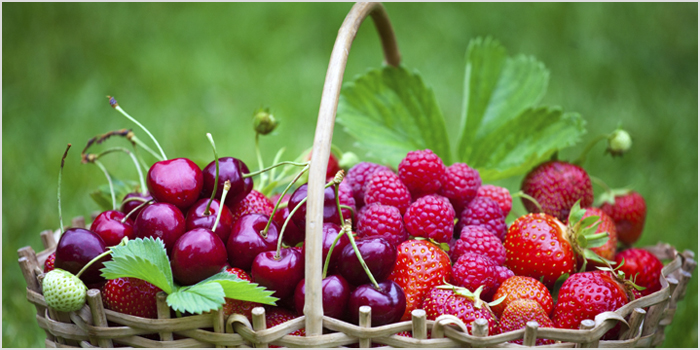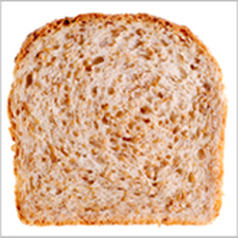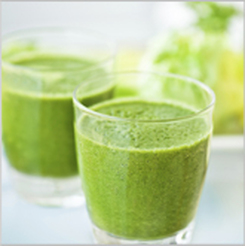So while at the Central Market yesterday looking for a few select items like meat and sweet potatoes for the dogs, carrots for us along with some potatoes ect. Our friends , my husband and myself ran across some delish looking eggplant! Deep purple almost no flaw eggplants! They had one which was hug 20 "bushel" package. Needless to say we jumped on that and split the $5 cost. Now I have a good 10 eggplant to figure out what to do with! So would love some recipe ideas from you lovely folks!
Here are some good fact about this great plant!
Here are some good fact about this great plant!
How to Select and Store
Choose eggplants that are firm and heavy for their size. Their skin should be
smooth and shiny, and their color, whether it be purple, white or green, should
be vivid. They should be free of discoloration, scars, and bruises, which
usually indicate that the flesh beneath has become damaged and possibly decayed.
The stem and cap, on either end of the eggplant, should be bright green in
color. As you would with other fruits and vegetables, avoid purchasing eggplant
that has been waxed. To test for the ripeness of an eggplant, gently press the
skin with the pad of your thumb. If it springs back, the eggplant is ripe, while
if an indentation remains, it is not.
Although they look hardy, eggplants are actually very perishable and care
should be taken in their storage. Eggplants are sensitive to both heat and cold
and should ideally be stored at around 50 degrees Fahrenheit (10 degrees
Celsius). Do not cut eggplant before you store it as it perishes quickly once
its skin has been punctured or its inner flesh exposed.
Place uncut and unwashed eggplant in a plastic bag and store in the
refrigerator crisper where it will keep for a few days. If it is too large for
the crisper, do not try to force it in; this will damage the skin and cause the
eggplant to spoil and decay. Instead, place it on a shelf within the
refrigerator.
If you purchase eggplant that is wrapped in plastic film, remove it as soon
as possible since it will inhibit the eggplant from breathing and degrade its
freshness.
Choose eggplants that are firm and heavy for their size. Their skin should be
smooth and shiny, and their color, whether it be purple, white or green, should
be vivid. They should be free of discoloration, scars, and bruises, which
usually indicate that the flesh beneath has become damaged and possibly decayed.
The stem and cap, on either end of the eggplant, should be bright green in
color. As you would with other fruits and vegetables, avoid purchasing eggplant
that has been waxed. To test for the ripeness of an eggplant, gently press the
skin with the pad of your thumb. If it springs back, the eggplant is ripe, while
if an indentation remains, it is not.
Although they look hardy, eggplants are actually very perishable and care
should be taken in their storage. Eggplants are sensitive to both heat and cold
and should ideally be stored at around 50 degrees Fahrenheit (10 degrees
Celsius). Do not cut eggplant before you store it as it perishes quickly once
its skin has been punctured or its inner flesh exposed.
Place uncut and unwashed eggplant in a plastic bag and store in the
refrigerator crisper where it will keep for a few days. If it is too large for
the crisper, do not try to force it in; this will damage the skin and cause the
eggplant to spoil and decay. Instead, place it on a shelf within the
refrigerator.
If you purchase eggplant that is wrapped in plastic film, remove it as soon
as possible since it will inhibit the eggplant from breathing and degrade its
freshness.
Health benefits of Eggplant (aubergine)
Eggplant is very low in calories and fats but rich in soluble fiber content.
100 g provides just 24 calories but contributes about 9% of RDA (recommended
daily allowance) of fiber.- Research studies conducted at the Institute of Biology of São
Paulo State University; Brazil suggested that eggplant is effective to
control high blood cholesterol.
The peel or skin (deep blue/purple varieties) of aubergine has significant
amounts of phenolic flavonoid phyto-chemicals called anthocyanins.
Scientific studies have shown that these anti-oxidants have potential health
effects against cancer, aging, inflammation, and neurological diseases.
- Total antioxidant strength measured in terms of oxygen
radical absorbance capacity (ORAC) of aubergines is 993 µmol TE/100 g. At
value 15; they are one of the low glycemic
index (GI) vegetables.
- It contains good amounts of many essential B-complex groups of vitamins such
as pantothenic acid (vitamin B5), pyridoxine (vitamin B6) and thiamin (vitamin
B1), niacin (B3). These vitamins are essential in the sense that body requires
them from external sources to replenish and required for fat, protein and
carbohydrate metabolism.
Further, this vegetable is an also good source of minerals like
manganese, copper, iron and potassium. Manganese is used as a co-factor for the
antioxidant enzyme, superoxide dismutase. Potassium is an important
intracellular electrolyte helps counter the hypertension effects of sodium.




 RSS Feed
RSS Feed